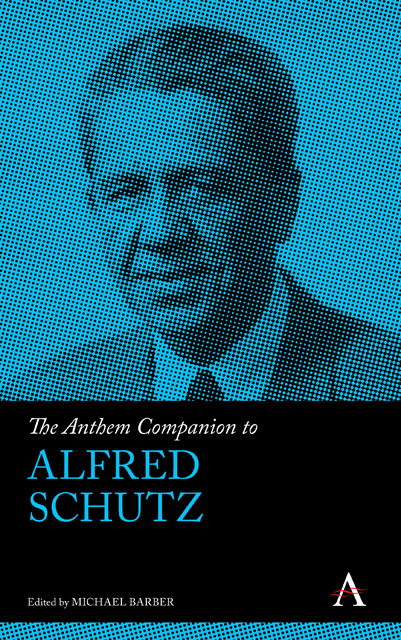Chapter Four - Reading Alfred Schutz’s “The Stranger” Essay
Published online by Cambridge University Press: 22 November 2022
Summary
Introduction: From Vienna to Paris and to New York
On March 21, 1938, when Austria was invaded by the Nazis, Alfred Schutz was in Paris for his business of Reitler & Co. After about one year's staying there with his wife, Ilse Schutz, and two children, who arrived there in June 1938, the family moved to the United States on July 22, 1939 “with the intention of just having the immigration visa and going back to France,” where they had their apartment and all their belongings (cf. I. Schutz 1981a, 6; 1981b, 39).
This intention to go back to France came not from his wife but from himself. According to her response to an interviewer in November of 1981, she felt great difficulties with the French people, by whom “we would always be labeled as foreigners and as Jews.” Schutz, however, was a great Francophile, and in addition, he had learned on his first business trip to the United States from March to May in 1937 that Jews were “restricted” in this country, too (see A. Schutz 1937). So, he said to his wife that “he’d rather bring up his children in France, during the war, than to move to the United States” (see I. Schutz 1981b , 29–30).
In spite of his original intention, Schutz settled down in New York until the end of his existence, partly due to the prolongation of World War II. However, he did not understand his life in the United States only through a backward-looking stance. The reverse was the case. Just after coming to the United States, he seems to have been involved actively in various scientific activities, alongside of his business duties with Reitler. The International Phenomenological Society can be taken as an example.
Marvin Farber, who studied abroad under Edmund Husserl at Freiburg from 1922 to 1924, had planned to found an international society for phenomenology with the aim to “further the understanding, development, and application of phenomenological inquiry as inaugurated by Edmund Husserl” under the auspices of the University of Buffalo, and invited Schutz, who was in Paris at the time, to join it. The inaugural founding meeting was held in New York on December 26, 1939, just five months after Schutz's arrival in New York with his family. Schutz accepted Farber's invitation, attended its founding meeting, and was selected as one of 10 members of its executive committee.
- Type
- Chapter
- Information
- The Anthem Companion to Alfred Schutz , pp. 71 - 92Publisher: Anthem PressPrint publication year: 2022



